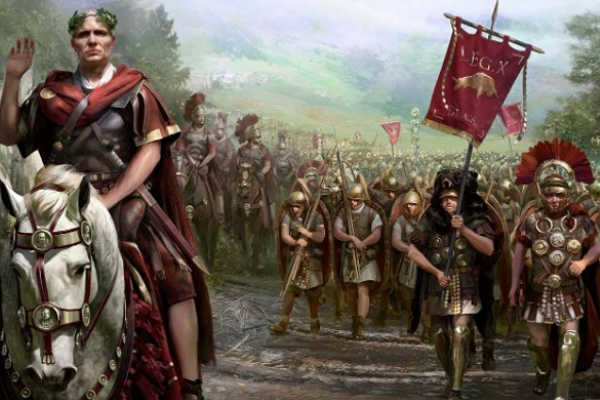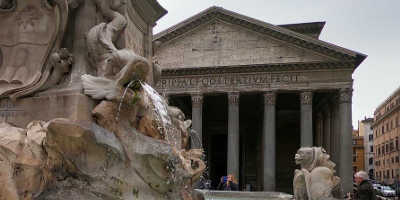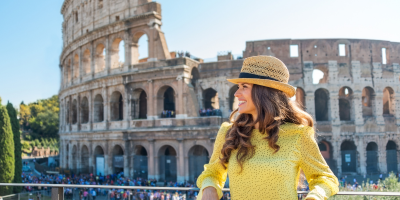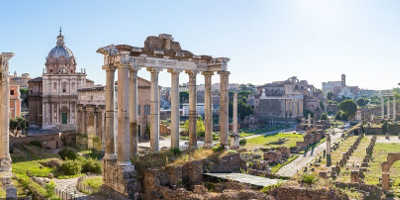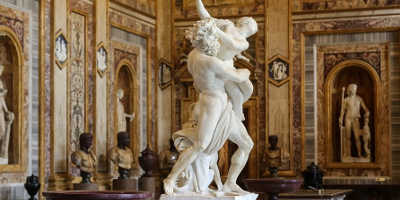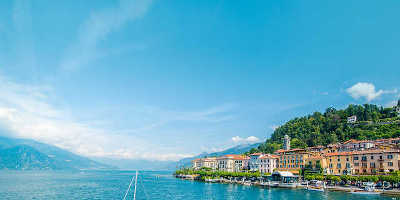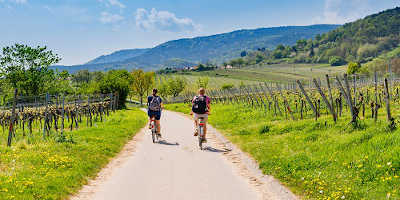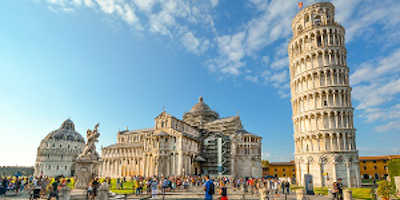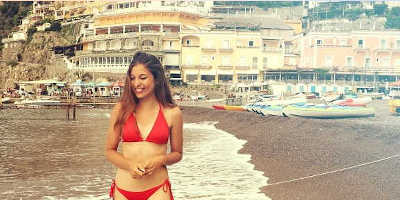A Gruesome History of Rome
The violent entertainments enjoyed by the Romans are famed throughout the world, but these were not the only gruesome feature of ancient Rome.
The Roman Empire is remembered as one of the most significant examples of the development of human civilisation. With its roads, temples, baths, and palaces it can be viewed as a time of unparalleled advancement and new, exciting pleasures. However, the reality was not so pleasant. Despite the societal development, the Romans lived in relative squalor and their favourite past times often centred around brutal violence.
Rome was built on violence
Rome’s very beginnings are rumoured to have centred around violence according to the legend of the rape of the Sabine women. When Romulus first founded Rome in the 8th-century BC, he had many followers, but most of them were men. They needed women to increase their population and so they approached the Sabines and asked to take some of their women for wives. When the Sabine men refused, the Romans knew they had to take what they wanted by force. Romulus, as an act of friendship, staged a chariot race. While the races distracted the Sabine men, Romulus’s followers abducted many of the women. According to some historians, no actual sexual assault took place but, even so, this is one gruesome way to forge an empire.
Violence as entertainment
Probably the most famous aspect of Rome’s gruesome history are the events that took place in the Circus Maximus and later in the Colosseum. Emperors built these grand stadiums to entertain the masses and keep them happy and the most popular forms of entertainment were undeniably gory.
Chariot races were one of the most popular forms of entertainment in Roman times, but they were notoriously dangerous, which added to the excitement for the crowds. Gladiatorial battles were also a big draw for audiences. Thousands of spectators would pile into the stadiums to catch a glimpse of two gladiators compete in an epic, violent battle that normally ended in death.
Romans also involved animals in the brutality, with exotic animals such as lions, tigers, and elephants being brought into the amphitheatre to either face each other or a human competitor.
The site of Circus Maximus, the first and largest stadium of ancient Rome, can still be viewed today however very little of the original structure remains. The Colosseum remains impressively intact and offers visitors a chance to step into the famous amphitheatre.
The gruesome life of the emperors
Gory violence occurred not only within the Colosseum; many emperors experienced it as a part of their everyday lives. Emperor Caligula was famed for his love of violence and disregard for human life. One story goes that as he was about to sacrifice a bull to the gods, he changed his mind at the last minute and swung a mallet at the head of the priest instead. Far from feeling bad about this, Caligula laughed at the dying priest. And when Caligula watched a battle in the stadiums, it was not only the gladiators and slaves that were at risk of death; the crowd was too. Because of a lack of slaves during one animal fight, Caligula apparently offered up a large section of the crowd to be fed to the beasts!
In 2003 the Palace of Caligula was unearthed at the Roman Forum. The emperor famously believed himself to be a god and so he attached his Temple of Caster and Pollux – a move that would have enraged many Roman citizens. Unsurprisingly, he met a gruesome end – stabbed 30 times by Praetorian guards.
Caligula is not the only emperor to experience a brutal death. Many other emperors ended their reigns after being assassinated. 5 emperors were appointed and subsequently killed in 193 AD, 6 came and went in 238 AD, and from 238-285 AD there were no less than 25 different emperors!
The difficult lives of slaves
Up to one third of Italy’s population was made up of slaves in ancient times and their lives weren’t easy. Roles could range from maids to construction workers to miners to gladiators. While gladiators may have experienced the most dramatically violent ends, even house maids could experience a brutal existence. Failure to carry out their master’s wishes appropriately could result in a thrashing and if one slave decided to kill their terrible boss, then all the slaves could be put to death, whether or not they were involved.
Developers of hygiene?
The ancient Romans are famous for developing aqueducts, baths, sewage systems and toilets, but with this technology in its infancy, the life of the citizens of Rome was far from hygienic. The sewage systems, unlike today’s, were not made to remove excrement from the streets – their main purpose was to drain water. This meant that the streets were basically a toilet, filled with parasites and disease, but the Romans were so used to it they probably didn’t see it as a problem!
Urine also had multiple uses in ancient Rome. Citizens used it to clean clothes, whiten their teeth, and to grow juicier pomegranates. And if that hasn’t shocked you, then their use of faeces as fertiliser might. Even though we use animal faeces as fertiliser today, the human excrement used by the Romans could have been so filled with disease that it spread to the plants. Not nice.
Toilets were widely developed and used during the Roman times, which you may think was a great move, however the conditions were less than hygienic. Not only did people share a cleaning sponge but the toilets could become so filled with methane that they eventually exploded!
You can discover much of this gruesome past on a visit to Rome. Though beautiful, every epic building, monument, and artefact also tells a tale of a brutal civilisation that saw bloodshed and brutality as a normal part of life.
Related article: Why do we say, When in Rome, Do as the Romans Do?

